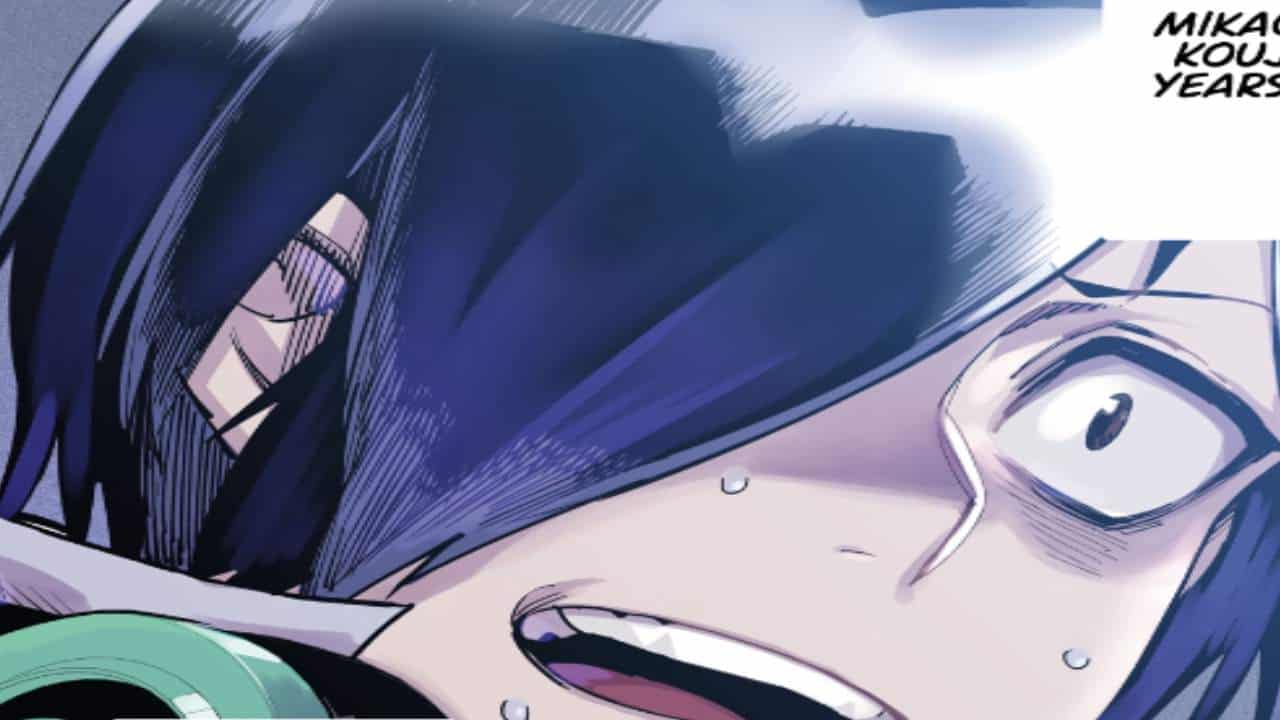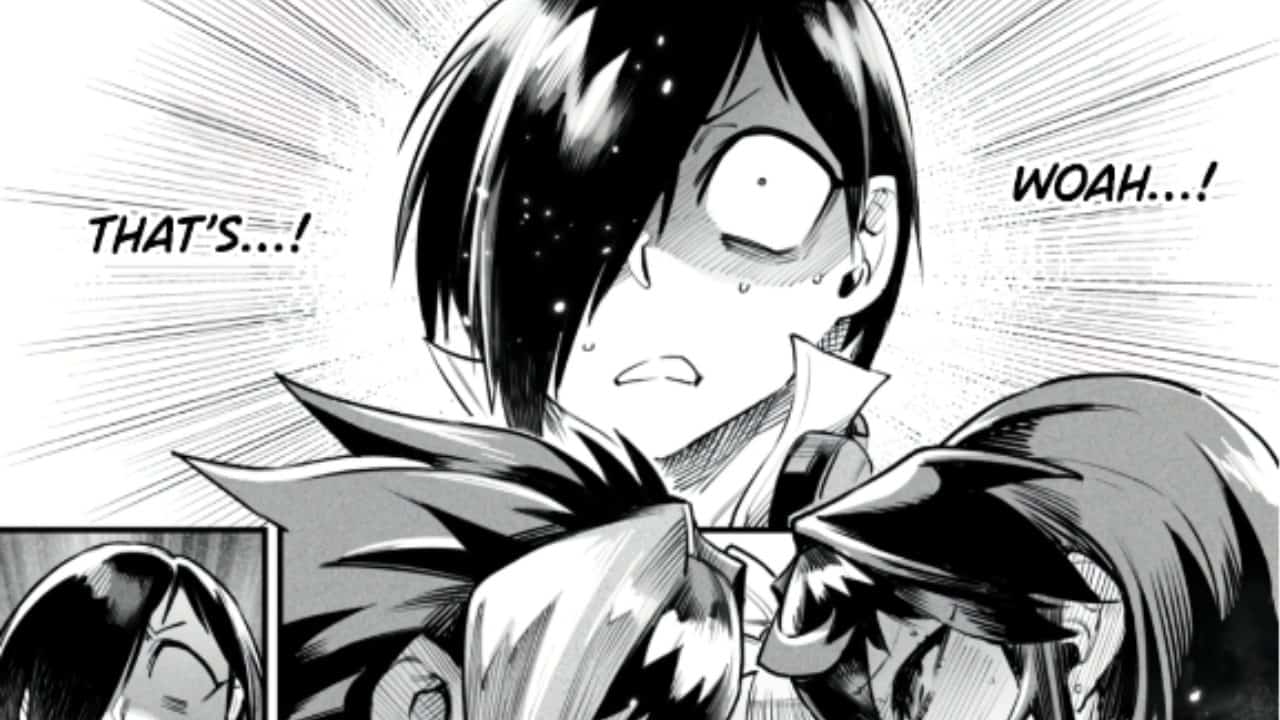Embark on an extraordinary journey with Reincarnation Colosseum Chapter 13, where gladiators from different eras collide in a breathtaking battle for redemption. Prepare to witness the clash of wills, the clash of swords, and the clash of destinies as the Colosseum’s sands run red with the blood of the brave.
In this chapter, the stakes are higher than ever before as gladiators fight not only for their own survival but for the honor of their fallen comrades. With each battle, the lines between good and evil blur, and the true nature of heroism is tested. Brace yourself for a thrilling and unforgettable experience that will leave you on the edge of your seat.
Colosseum’s History and Reincarnation

The Colosseum, an iconic symbol of ancient Rome, stands as a testament to the grandeur and brutality of the Roman Empire. Originally known as the Flavian Amphitheater, it was constructed between 70 and 80 AD under the reign of Emperor Vespasian and completed by his son Titus.
The Colosseum’s primary purpose was to host gladiatorial contests, public spectacles, and animal hunts. These events provided entertainment and a sense of unity for the Roman people, often involving gruesome battles and executions. Over time, the Colosseum became a symbol of Roman power and excess, attracting visitors from far and wide.
Evolution of the Colosseum
Throughout history, the Colosseum has undergone various transformations and renovations. In the 6th century, it was partially converted into a fortress and later used as a shelter for earthquake victims. During the Middle Ages, it was plundered for building materials and became a popular tourist destination for its historical significance.
In the 19th century, extensive restoration efforts were undertaken to preserve the Colosseum’s crumbling structure. Today, it remains one of the most popular tourist attractions in Rome, offering visitors a glimpse into the grandeur and brutality of ancient Roman society.
Gladiators and Spectacles in the Colosseum: Reincarnation Colosseum Chapter 13

The Colosseum, an iconic amphitheater in Rome, was the stage for some of the most thrilling and gruesome spectacles of the Roman Empire. Gladiators, trained fighters, battled against each other or wild animals for the entertainment of the masses. Various events, including mock naval battles and executions, also took place within the Colosseum’s hallowed walls, contributing significantly to Roman culture and society.
Types of Gladiators
Gladiators came from diverse backgrounds, including slaves, prisoners of war, and even free citizens who volunteered for the profession. They were trained in specialized fighting styles and equipped with distinct weapons and armor:
- Secutor: A heavily armored gladiator with a large rectangular shield and a short sword.
- Retiarius: A lightly armored gladiator who used a net and a trident.
- Thraex: A gladiator armed with a small, curved sword and a round shield.
- Murmillo: A gladiator with a large, oval shield and a long sword.
- Hoplomachus: A gladiator who fought with a spear and a small shield.
Spectacles and Events
Beyond gladiatorial contests, the Colosseum hosted a variety of other spectacles and events:
- Venationes: Animal hunts featuring exotic beasts like lions, tigers, and elephants.
- Naumachiae: Mock naval battles that flooded the Colosseum’s arena with water.
- Executions: Criminals and political enemies were often executed in the Colosseum.
- Religious ceremonies: The Colosseum was occasionally used for religious festivals and ceremonies.
Significance in Roman Culture
These spectacles and events played a vital role in Roman culture:
- Entertainment: They provided the populace with thrilling and often gruesome entertainment.
- Social control: The Colosseum’s events served as a form of social control, keeping the masses occupied and distracted.
- Political propaganda: Emperors used the Colosseum to showcase their power and glorify their reigns.
- Cultural identity: Gladiatorial contests and other spectacles became deeply ingrained in Roman culture and identity.
The Colosseum as a Symbol of Rome

The Colosseum stands as an enduring symbol of Rome, embodying the city’s historical grandeur and cultural heritage. Its iconic silhouette has graced countless postcards, travel brochures, and films, becoming synonymous with the Eternal City itself.
Role in Shaping Rome’s Identity
The Colosseum played a pivotal role in shaping Rome’s identity. As the largest and most elaborate amphitheater ever built, it was a testament to the city’s power and wealth. Its gladiatorial contests and spectacles provided entertainment and a sense of spectacle that captivated the Roman populace.
Tourism Industry, Reincarnation colosseum chapter 13
Today, the Colosseum remains a major tourist attraction, drawing millions of visitors each year. Its imposing structure and rich history continue to fascinate people from all over the world. The Colosseum is a UNESCO World Heritage Site and is considered one of the most popular tourist destinations in Italy.
Inspiration and Fascination
The Colosseum continues to inspire and fascinate people worldwide. Its grandeur and historical significance have made it a subject of countless works of art, literature, and film. From Hollywood blockbusters to historical documentaries, the Colosseum has captured the imagination of generations.
Final Summary

Reincarnation Colosseum Chapter 13 concludes with a heart-stopping climax that will leave you breathless. The battle for redemption reaches its peak as gladiators make their final stand against the forces of darkness. In a world where the past and present collide, the ultimate question remains: can the sins of the past be forgiven, or are they destined to repeat themselves?
Query Resolution
What is the significance of the Colosseum in Reincarnation Colosseum Chapter 13?
The Colosseum serves as a battleground where gladiators from different eras clash, representing the eternal struggle between good and evil.
Who are the main characters in Reincarnation Colosseum Chapter 13?
The chapter features a diverse cast of gladiators, each with their own unique motivations and backstories.
What is the ultimate goal of the gladiators in Reincarnation Colosseum Chapter 13?
The gladiators fight for redemption, seeking to overcome their past mistakes and achieve glory in the afterlife.